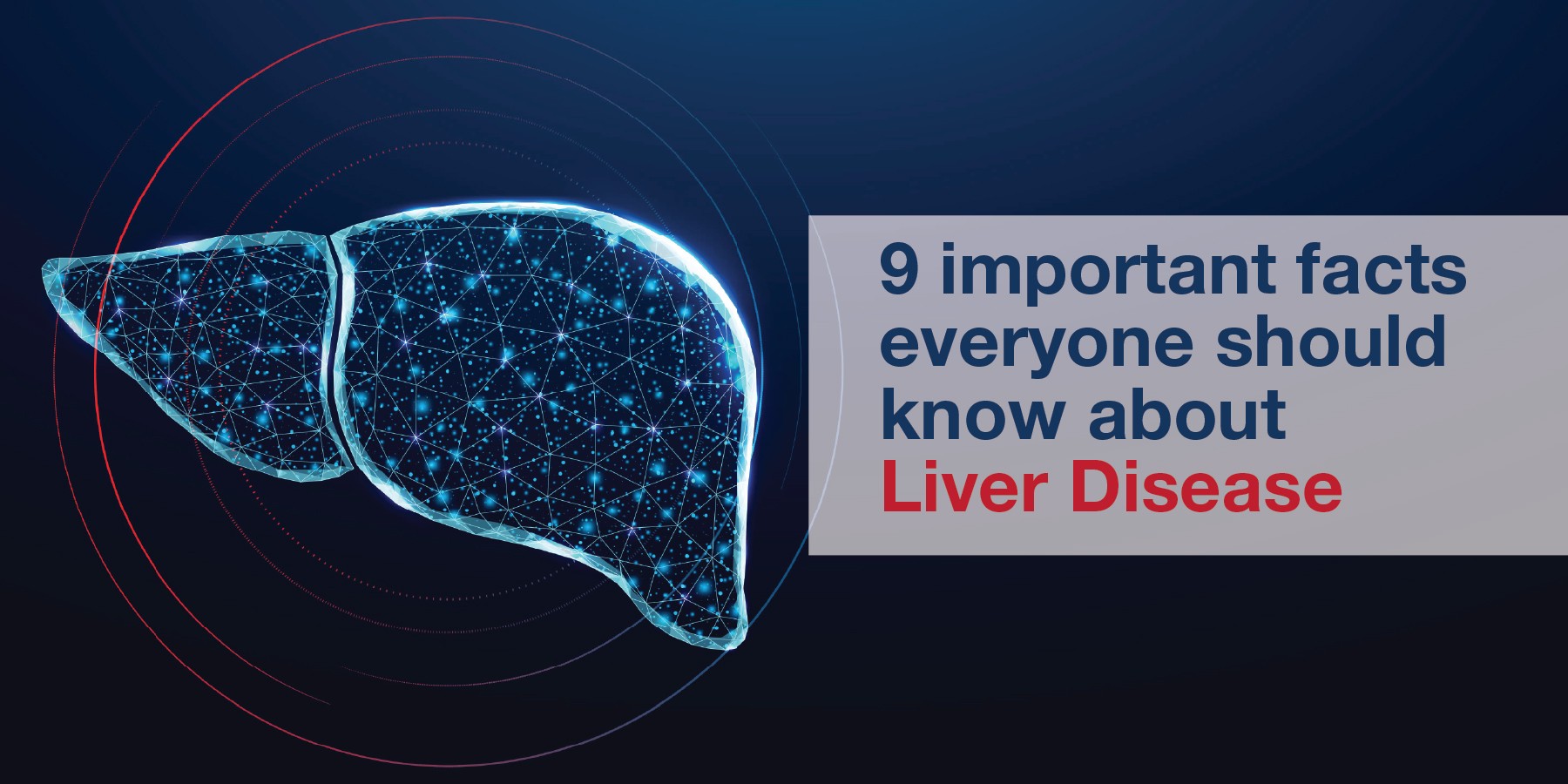1. Lifestyle is by Far The Main Cause of Liver Disease
Commonest causes of Liver disease worldwide are NAFLD (Fatty liver disease) and ALCOHOL. NAFLD is associated with high intake of processed food, sugars, and fats with sedentary lifestyle causing central obesity. This leads to Fattly liver NASH, Type 2 diabetes, and metabolic syndrome. Likewise a lifestyle choices of avoiding alcohol, safe sex practices, avoiding drug abuse protect us from ethanolic liver disease and chronic hepatitis B, C infections
2. Alcohol is Injurious to Liver, But Alcohol Consumption Within Safe limits Can Avoid Liver Damage
Alcohol consumption in excess quantities injures the liver, pancreas, central nervous system. While its preferable to avoid alcohol completely, limiting alcohol intake to 10-12 units per week, spread over a minimum of 3 days( i.e. avoid binging )can allow the liver enzymes to effectively ,metabolize the alcohol, keeping blood levels within safe limits to avoid liver damage. Units are calculated by - Alcohol by volume ABV % X volume consumed / 1000. These limits are of course valid only for patients with healthy liver. If you have fatty liver, alcoholic liver or pancreatic disease, chronic Hep B, Hep C or any underlying liver issue alcohol consumption is strictly prohibited.
3. Liver Disease Is A Slow & Silent Killer
One of the common questions patients ask me is why I do not have any symptoms. Be it alcohol, fatty liver, Hep B or Hep C, the progression from hepatitis (liver injury and inflammation) towards cirrhosis ( scarred liver) takes 5-15 years. During this period we do not have any symptoms and once symptoms like Jaundice, ascites (fluid formation), Bleeding and encephalopathy occur we have already reached a stage of irreversible stage damage. It is important for people with such risk factors to get themselves checked and make a course correction such as stopping alcohol, weight reduction, healthy dietary lifestyle habits and antivirals for hepatitis B and C
4. Fatty Liver Cannot be Reversed by Medicine
Many patients demand medicine for fatty liver Medication can be prescribed for reducing the liver inflammation NASH. But the only way to reverse fatty liver and prevent progression to fibrosis and cirrhosis is weight reduction by strict dietary lifestyle changes and sometimes bariatric surgery. Likewise, in alcoholic fatty liver and liver disease the maximum benefit is obtained by complete abstinence from alcohol. Medicines add only very marginal benefit.
5. Jaundice is a Symptom, not a Disease. Beware of Native Medicine
A popular practice in our country is to take alternate medication for Jaundice and liver disease. Most acute viral hepatitis resolve spontaneously with time unnecessary scare mongering by quacks leads to usage of alternate medicine. When Jaundice spontaneously subsides as per its natural course credit is given to the quacks. Many of the liver ICU in our country are teaming with DILI (drug induced liver injury) patients who are victims of these quacks pedaling “Jaundice” remedy. Jaundice is not a disease. It is a symptom that may be caused by stones, strictures, cancer, infections, immune conditions, blood disorders, and many more. This requires evaluation and management by an expert and not by clueless but overconfident quacks.
6. Curable Liver Cancer is Picked Up only on Screening
Early liver cancer does not cause any symptoms and by the time patient develop symptoms like jaundice, pain, ascites it is too advanced to cure. The only way to detect liver cancer at a curable stage is screening in high-risk population. All patients with ethanol liver disease NAFLD, Hepatitis-B, Hepatitis-C, auto immune and metabolic liver disease etc. need to undergo regular screening by imaging and tumor markers. To detect in an early stage.
7. Liver Oncology is a Separate Subspeciality
Liver is highly susceptible to radiotherapy and traditional chemotherapy does not work in liver tumors. Liver required special targeted therapy, immunotherapy and specialized locoregional intervention like TACE, TARE, Microwave, RFA ablation. Liver surgery is needs deep understanding of its physiology, integrated decision-making specialized skills and technology. As liver cancer occurs in setting of underlying liver disease, in selected patients’ liver cancer can be cured by liver transplant. Therefore, management of liver cancer requires highly specialized centers with multi-disciplinary team with expertise in hepatology, liver imaging, intervention radiology and endoscopy, liver surgery and liver transplant. This kind of expertise will not be available in general cancer centers and management of these tumors should be managed only by highly specialized units to achieve optimal results.
8. Not Every Cirrhosis Patient Needs A Liver Transplant
It is the function and not the structure of the liver that determines the need for liver transplantation. Just because the imaging shows structured evidence of cirrhosis that does not mean an immediate transplant is necessary. Transplant has a mortality rate of 5% to 10%, its only when the risk of dying of the liver disease is more than risk of liver transplant that we consider listing patient for liver transplant. This happens when the function deteriorates as measured by MELD of more than 16 or a child stage of late B or C. Exceptions are made in patient with severe ascites, encephalopathy or liver cancer.
9. Liver Transplant is a Proven Remedy for End-Stage Liver Disease
Liver transplantation is not experimental therapy. IT is the only effective treatment for End stage liver disease that has been around for more than 40 years. > 5000 transplants take place every year in India with a 90-95 % success rate. Success rate depends on the physical condition of patient and severity of liver disease. Therefore, prompt referral to centers of expertise without delaying time on ineffective remedies is imperative.
